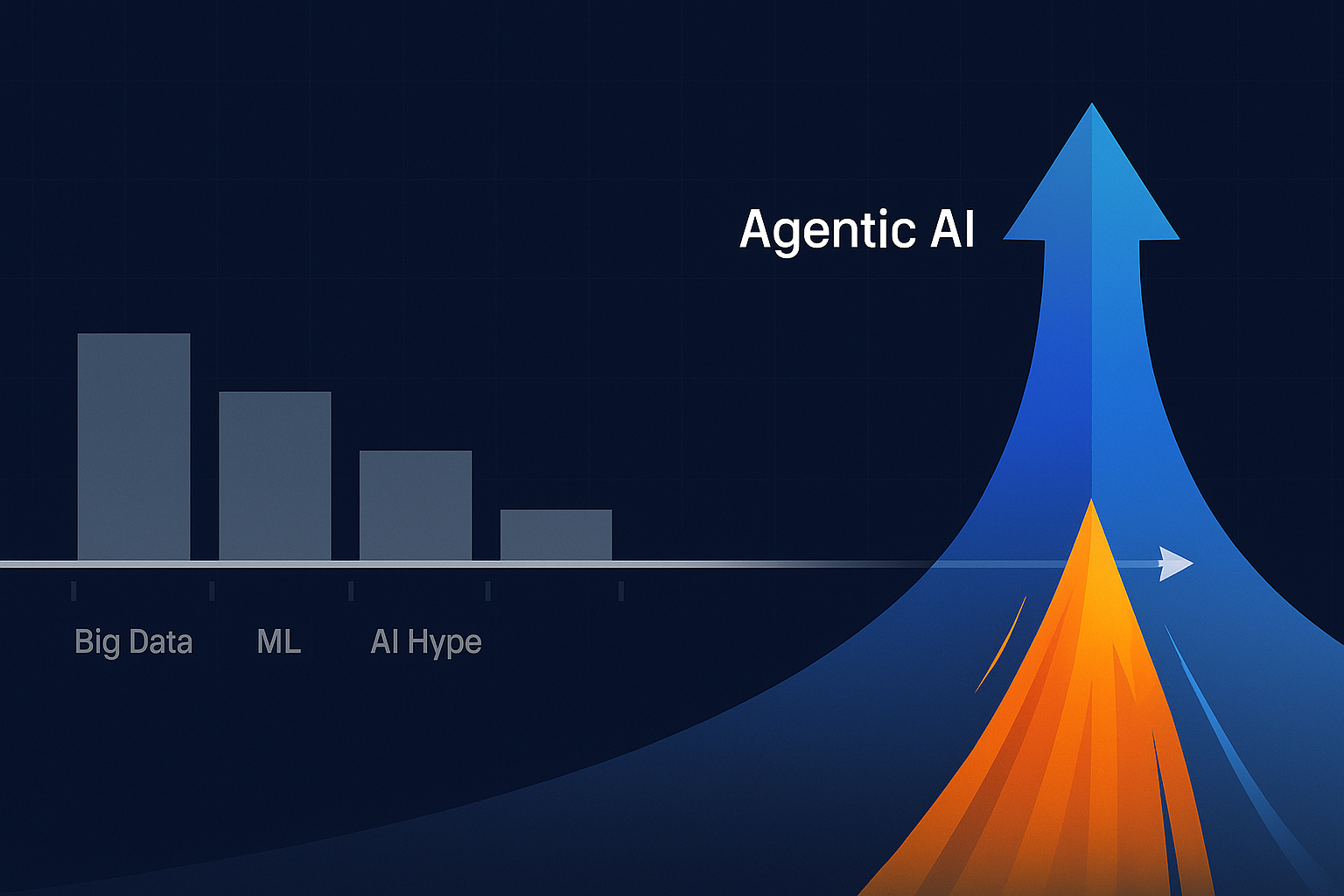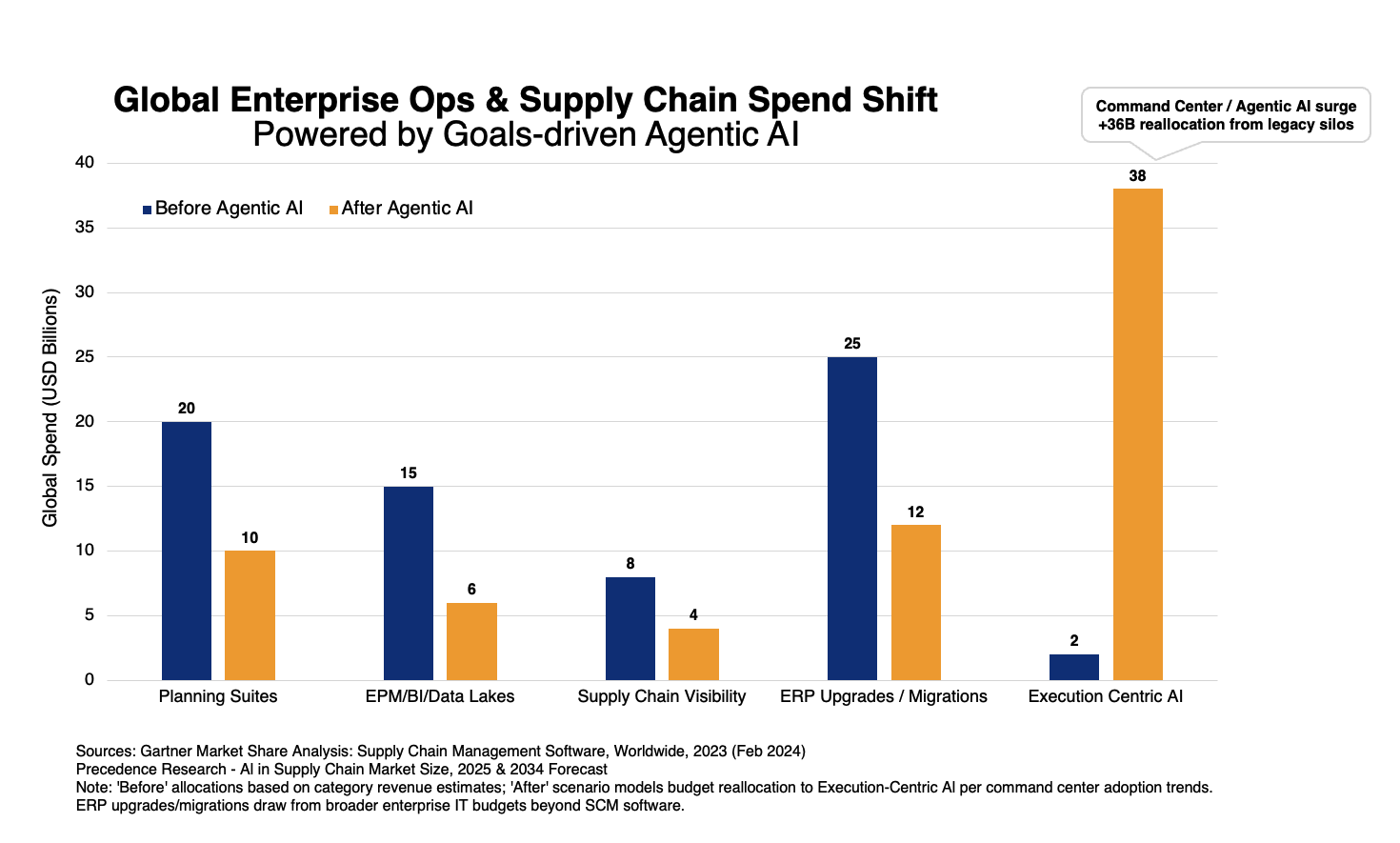To Succeed in the 2020s, Focus on Agility....
Disruption is nothing new; it’s just happening a lot faster and with greater impact than ever before. The good news, though, is that it’s not only possible to survive under such circumstances; great companies can even succeed and prosper in the midst of massive disruption.
Nearly a decade ago, author Nassim Nicholas Taleb released a book called Antifragile: Things That Gain from Disorder. The basic premise was that certain systems actually benefit from volatility and uncertainty. In other words, the opposite of fragility is not sturdiness; it is something else. Taleb calls it “antifragility”.
Antifragility means that when disruptive things
happen, you gain market share. You win new
customers. You operate more efficiently
than your competition. You win.
For companies facing unprecedented disruption in 2020 (and that includes just about everyone), agility is the key to that kind of success. But agility does not happen by accident; it is woven into an organization’s DNA. It must be created on purpose.
In nearly every case we could cite today, agility is driven by technology. Companies that understand the value of technology as a strategic asset will inevitably be better positioned to pivot when there is a shock to the system.
An Antifragile Example
Let’s consider an example: Back in 2013, L’Oreal embarked on an effort to build its e-commerce sales channel to 20% of total revenue by 2020. They recognized that they needed to make technology investments in order to diversify their sales channels.
L’Oreal achieved that goal in March 2020, just as the coronavirus crisis was becoming a reality. But those numbers are only part of the picture. The bigger story is that in the weeks following the onset of the crisis, the cosmetics company was preparing to shift from having 20% of revenue come from e-commerce to as much as 80%, or potentially even more.
That’s a company that understands the value of agility. L’Oreal’s shares are trading at a forward PE ratio of over 40, and their stock evaluation has not been this high since 2003.
Supply Chain Agility
So how do we build agility in the supply chain? The answer is in using technology that helps companies work smarter and more efficiently. The COVID crisis has resulted in massive swings in demand, testing the limits of supply chain resiliency worldwide. The organizations with the smartest supply chains will be the ones that survive and prosper.
In many respects, COVID has not created new problems, so much as it has exposed existing problems and made them worse. When slow-moving inventory starts to pile up, for example, agile companies will recognize the problem quickly and proactively disposition the product in order to avoid losses.
That’s what Global Brands Group (GBG) is able to do, thanks to OpsVeda’s Available To Sell Visibility solution. The On-hand ATS solution empowers GBG team to proactively identify slow moving inventory, intelligently narrow down prospective buyers, and prescribe profitable price points to sell.
And then there is the opposite problem; when a company is unable to fulfill orders. Spikes in demand, as well as upstream supply-chain disruption, may result in unfilled orders, lost revenue, and unhappy customers. Worse yet, those customers might go to your competition and you could lose their business permanently.
OpsVeda is helping companies like Rodan + Fields with Fulfillment Visibility. The company is able to identify potential problems as soon as they happen, and can take corrective action early enough to fend off potential challenges or exceptions to customer order fulfillment.
GraceKennedy Foods, a division of the GraceKennedy Group, the Caribbean's leading distributor of food and non-food consumer products, provides its sales representatives with OpsVeda’s Mobile Field Sales solution, with up-to-the-minute information that enables reps to better serve their customers.
It’s all about understanding your supply chain, and being in a position to respond quickly.
Real-Time End-To-End Visibility
A common theme throughout all of these examples is visibility. End-to-end (E2E) monitoring of all available inputs from the supply-chain, in real time, means that information flows faster and can inform good business decisions sooner than it otherwise would.
The velocity of data has increased rapidly in recent years. The growing adoption of IoT devices, combined with improved integration to trading partners, means that data from across the supply chain can be available in real-time or very near real-time. Faster access to that information means rapid response, which means greater agility.
When it comes to agility, technology is the deciding factor; and when unexpected events occur, agility will decide who will prosper in the new reality.
OpsVeda leverages machine learning and other advanced analytic techniques to monitor your supply-chain in real-time, and provides specific quantity and value assessments relating to such events. If the COVID crisis has prompted you to take a fresh look at your supply-chain practices, we would like to talk to you about how we can help. Visit us at https://opsveda.com or contact us at info@opsveda.com to learn more.







